Monday to Saturday - 10:00 -8:00
I have missing teeth, what should i do?
Any of you might have got your tooth removed or the tooth might have fallen down after loosening up. Now, the next thing is to get back that tooth. The treatment options depend on various factors including age, medical history, economic background, condition of the remaining teeth and gums etc.
FOR CHILDREN/PEDIATRIC PATIENTS
Children will have milk teeth starting from 6 months to almost 13-14 years of age. In this age range, the milk teeth will start falling off and they will be replaced by permanent ones. Suppose if one of the milk teeth has to be removed before it has fallen off, we need not replace that tooth. Instead we have keep space maintainer to keep reserved that space for the permanent tooth.

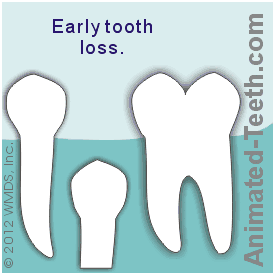
(space maintainer is a component placed in the mouth with the support of nearby teeth to maintain the space for the permanent tooth.
FOR YOUNGER ADULTS
For younger adults who have got their tooth removed due to deep decay they have multiple options to get that particular tooth back. The options are getting a removable partial denture OR fixed cap or bridge (single or multiple units) OR implant.
-
Option 1: Removable partial denture:
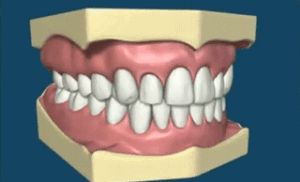
As the name suggests, it is not fixed, it can be removed on the will of the patient. As a younger adult, you will have high chewing force and this removable prosthesis might fracture over time. Also it has to be removed in the night before sleeping and cleaned everyday and then worn. Also even though the partial denture fits snugly, but there are fair chances of it getting dislodged and sometimes it might end up in an embarrassing situation (we pray from the bottom of hearts that this doesn’t happen!!)
-
Option 2: Fixed prosthesis
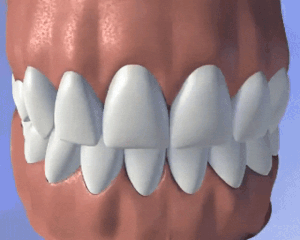
If only one or a couple of teeth are missing we can opt for this treatment option, provided that adjoining teeth are sound and healthy. In this process, we trim the adjoining teeth from all the directions and then replace the missing tooth by taking the support of adjoining teeth. (see the figure) Now, a very important condition that has to be highlighted here is that it is mandatory to have adjacent teeth which are not mobile/loose. Also there is a limitation of the number of teeth that can be replaced by the adjacent teeth. For example,
- if one tooth is missing, we can take the help of two teeth- one from each side. So to replace one tooth we have to make prosthesis or bridge for 3 units.
- Similarly, we can even replace 2 missing teeth by taking help of two other teeth so making a bridge of 4 units (it still depends on the case).
- But it is not possible to replace 3 missing teeth by taking the help of 2 nearby teeth. So in this condition, you might think that why can’t we use more teeth for support? The answer is that longer the bridge lesser is its strength. Also longer the bridge, more are the abnormal forces that each tooth has to bear. So to replace 3 teeth, it is wise to not damage 3 or 4 more of them.
Cost of treatment for fixed bridge depends on the type of material use. There are 3 types of material that can be used:
- Metal: it is the most cost effective but generally not preferred due to the colour.
- Metal-ceramic: this has a core that is made of metal and above which ceramic is coated. This is more accepted and resembles the tooth much better than a metallic one.
- Total ceramic: it is also called zirconia and only contains ceramic. So it totally resembles the natural tooth. Due to good esthetics, it is costlier than metal and metal-ceramic materials.
(A LITTLE BIT MORE ABOUT THE THREE TYPES IS DESCRIBED AT THE END)
-
Option 3: Implant
All of us have commonly seen or known about a screw that is surgically inserted in the place of a missing tooth, this thing is called implant. Now, implant is one of the best treatments to replace a missing tooth but it does need a clear signal from the medical history of the patient as it involves a minor surgery. Those with kidney transplant or heart diseases etc cannot be given implant as an option for tooth replacement.  The best thing about placing an implant is that we do not harm the adjacent teeth so we take the approach of treating the thing only where it is required without touching anything beyond that. To get an implant done, patient has to get a 3D x ray (CBCT) of that particular area done and only after thoroughly seeing that, the doctor will advise you whether the implant is possible or not and even if it is possible what type, cost and the outcome would be.
The best thing about placing an implant is that we do not harm the adjacent teeth so we take the approach of treating the thing only where it is required without touching anything beyond that. To get an implant done, patient has to get a 3D x ray (CBCT) of that particular area done and only after thoroughly seeing that, the doctor will advise you whether the implant is possible or not and even if it is possible what type, cost and the outcome would be.
FOR OLDER ADULTS
As you age, the force of chewing decreases, the muscles start to lose their tone (loosen up), the esthetic need reduces, the skin around the mouth starts to sag down due to absent teeth. In old age, the patients will have only a few to no teeth present. This affects their food intake and this in turn will affect the overall nourishment. So for a healthier life, they must be able to eat and indirectly must have teeth to chew food. The options to replace teeth in them are almost same as that in younger adults but there are several other factors that might be considered before choosing these options.
-
Option 1: Removable partial denture
If multiple teeth are missing and there are less number of teeth which can be taken for support, we have the options for replacement of missing tooth by using removable partial denture. Also the care like removing, cleaning, storage etc remains the same as that for younger adults. Here we also have an option for making cast partial denture. This cast partial denture is nothing but a removable partial denture that has metallic parts in it and it is made after a lot of planning and execution according to the condition of the patient.
-
Option 2: Fixed prosthesis
It is generally not possible to make fixed bridges in older patients as the number of missing teeth is more that the teeth which are present. But again it depends on the case where we use removable denture for a few teeth and fixed bridges for a few of them. This is the mixture of both of the types- fixed and removable.
-
Option 3: Removable Complete denture
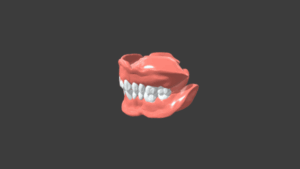
When patient has no teeth, we can make a removable denture for them. Most of the times it fits well but with time it needs to be changed. Also it is not fixed so it will have to be removed, stored and cleaned properly. One important thing here is that it will take minimum 5-6 appointments to make the complete denture.
-
Option 4: Implant
This is the only option available for older patient to get fixed teeth. Sometimes even this option is not available as the amount of bone to place implant is insufficient and patient has to compromise with removable denture. Here, the CBCT must be taken for the entire upper and lower jaws so that the doctor can know the condition of both the jaws completely and give you the best treatment plan. The condition of jaw bones will decide how many implants can be placed in each jaw to make fixed teeth. The number of implants required can be ranging from 2 implants to 16 implants as per the condition and need of the patient. This can be used to make fixed teeth for the patient.
-
Option 6: Semi fixed prosthesis (implant supported denture)

In this treatment, 2 or 4 implants are placed and with their support we make a denture which fits completely just like bridge and it cannot be removed on the will of the patient. But it is a quite more expensive than making a removable denture. The following table shows some points of comparison between removable dentures, fixed bridges and implant.
| Removable partial denture | Fixed bridge | Implant | |
| Cost | Economical | Economical to expensive | Expensive |
| Possibility of getting fixed teeth | No | Yes | Yes |
| Adjacent teeth | Little effect to adjacent teeth | Quite an effect to adjacent teeth | No effect |
| Suits best for | Older and immune compromised patients | Older and younger patients | If bone quality is good, the best for younger as well as older patients |
TYPES OF MATERIAL BEING USED FOR FIXED TOOTH (CROWN AND BRIDGE)
There are different types of material which are used to make cap for the patients. Majorly they are 3 types-
- Metal: it is made up of metallic alloy (mixture of various metals in a particular ratio). The major disadvantage of this material is that it is metallic in colour and does not resemble natural tooth.
- Metal-ceramic: it is made up of metal which is covered by a layer of ceramic. This resembles natural tooth to some extent but not 100%.
Also the metal ceramic can be made in two ways- manually (human involvement) and CAD-CAM (computerized machine involvement). The CAD-CAM is a little expensive but has a greater strength and better resemblance with natural tooth.
- All ceramic (zirconia): this cap is made up of ceramic completely and it totally resembles the natural tooth. Zirconia is light in weight and 10 times stronger than a natural tooth. These are the excellent qualities which only zirconia has and hence is the cost.
ALSO THE COST DEPENDS ON THE AMOUNT OF WARRANTY YOU CHOOSE FOR THE PARTICULAR CAP. THE WARRANT CAN RANGE FRO 3 YEARS TO 5 YEARS TO 15 YEARS TO LIFETIME WARRANTY TOO. If you have any questions, suggestions or compliments you can give your valuable comments below or you may reach out to us at following :
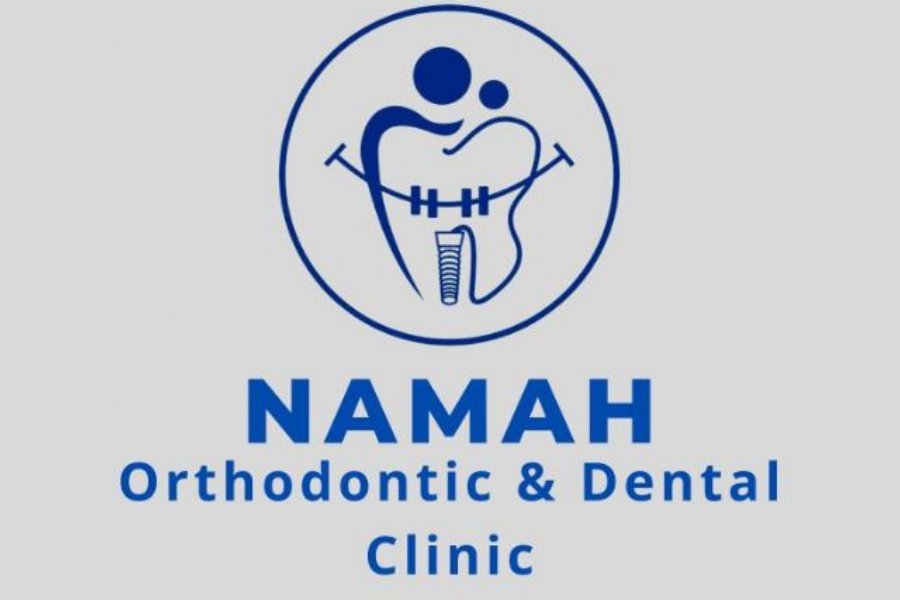

3, while in the DuoStim it was 9 lasix price We found that experiencing hot flashes was associated with a lower risk of recurrence among women with low BMI HR 0